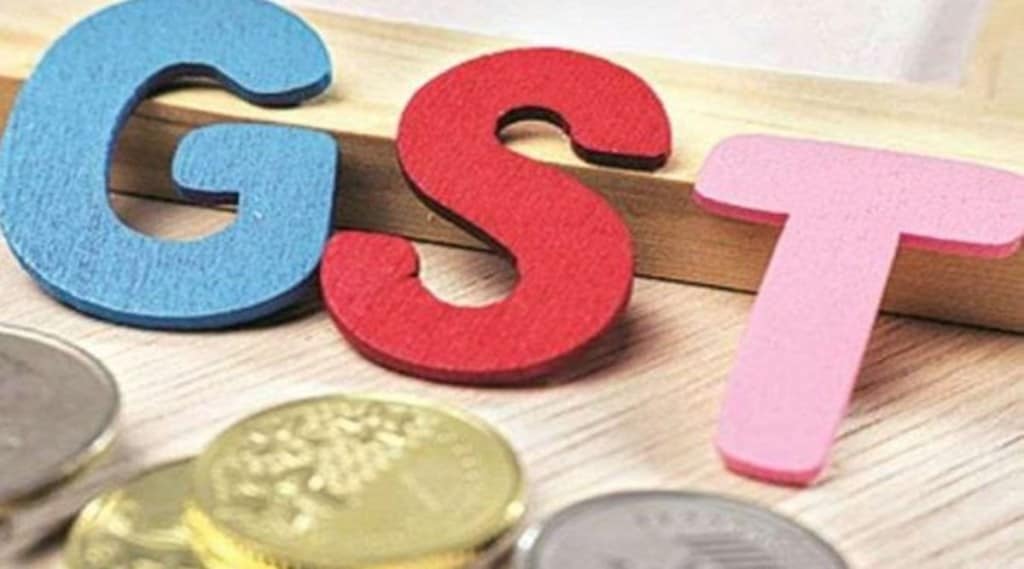While a much-awaited restructuring of the goods & services tax (GST) slabs to raise the revenue-neutral rate (RNR), from a little over 11% now to 15.5% could be delayed, the GST Council will likely consider enforcing a ministerial panel’s recommendations on data analytics to tighten compliance to augment revenues. “The recommendations are about checking leakages at various points, from point of production till consumption,” a member of the panel told FE.
The group of ministers (GoM) for system reforms led by Maharashtra deputy chief minister Ajit Pawar will submit its report to the Council ahead of a meeting of the body in end-April or early May, a senior official said. The GoM suggested analysis of e-way data, income tax and National Payments Corporation of India (NPCI) of taxpayers, etc, the GoM member said.
“While several data analytics exercises are being undertaken by GSTN to detect cases of GST evasion and input tax credit misuse, it is expected that in future , we will see the comparative studies between the GSTN data for a specific taxpayer with the data in other databases such as income tax, forex earnings, etc. Businesses need to be prepared for such investigations by having adequate process and tax controls that highlight any data mismatches across databases in advance,“ said MS Mani, partner, Deloitte India.
Another group of ministers headed by Karnataka chief minister Basavaraj Bommai is yet to have formal deliberations on GST slabs recast. The panel was constituted in September 2021.Recently, Chhattisgarh chief minister Bhupesh Baghel wrote a letter to his counterparts in 17 other states, including five states ruled by the BJP, seeking their support to convince the Centre to extend the GST compensation mechanism beyond June 2022. Many state including Tamil Nadu, Kerala and Chhattisgarh have asked the Centre should extend the mechanism for another two years.
“Taking into account the current economic situation, Covid situation and the world economic situation, it is the responsibility of the Centre to look into the matter very seriously,” Kerala finance minister KN Balagopal told FE recently, adding that the Centre has curtailed taxation and financial powers after GST was rolled out in 2017.
Before GST’s July 2017 lauch, an expert committee had determined the revenue-neutral rate for the new tax at 15-15.5%. While it was doubtful if the GST slabs corresponded to the RNR, economic slowdown and Covid-19 have forced the GST Council to cut rates further on a large number of mass-consumption items, further undermining GST’s revenue productivity.
In the last two years, the Centre had to resort to aggregate borrowings of `2.69 trillion in order to make good the shortfall in the GST compensation pool. With the hardening of commodity prices after the Ukraine-Russia conflict, India’s wholesale price inflation (WPI) reversed it trajectory in February 2022 and increased to 13.11%, after coming in at 12.96% in January. Retail inflation (CPI) in February also rose marginally to 6.07% from 6.01% in the previous month, hovering over the upper bound of the RBI’s inflation target range of 2-6%.
Under the GST compensation mechanism, which is constitutionally-guaranteed, state governments are assured 14% annual revenue growth for the first five years after the tax’s July 2017 launch.Finance minister Nirmala Sitharaman told Parliament recently that the statutory requirement was to compensate the states for GST shortfall only for the initial five years after the GST’s launch. She also pointed out that just for servicing the loan by the Centre to compensate the states for 2020-21 and 2021-22, the designated cesses will need to be in place till the end of FY26.


